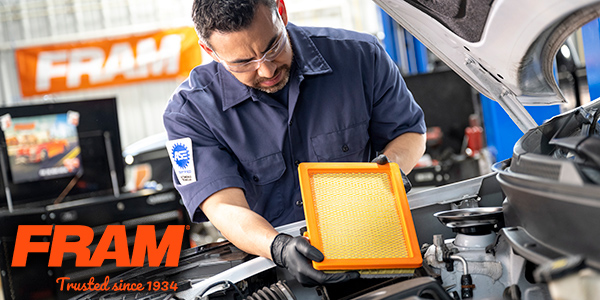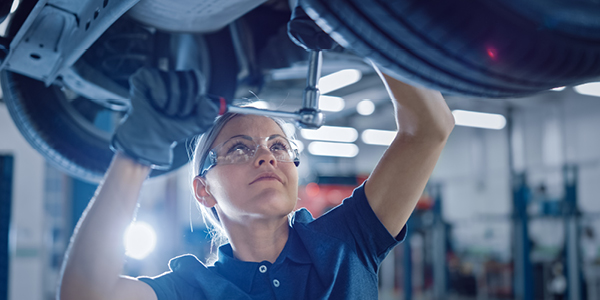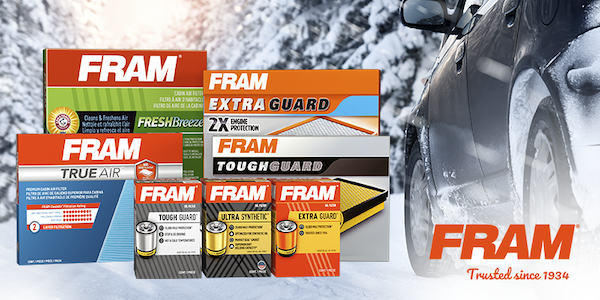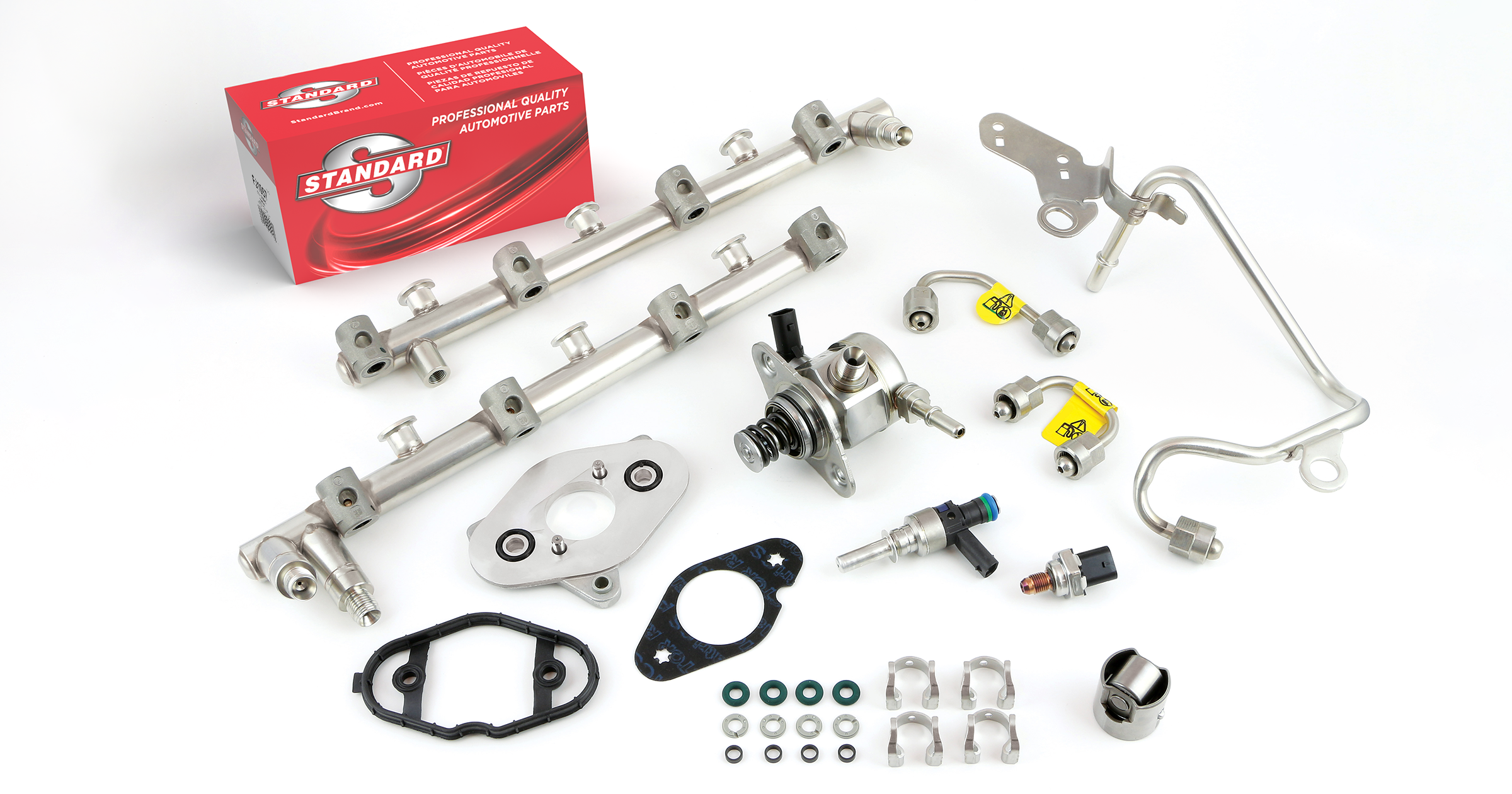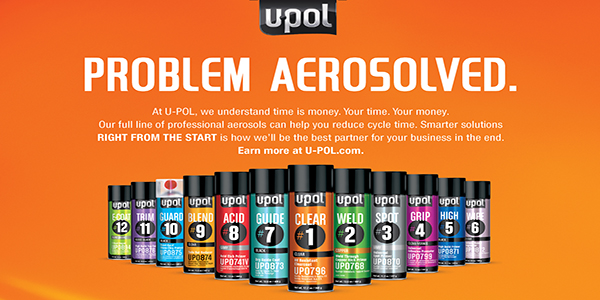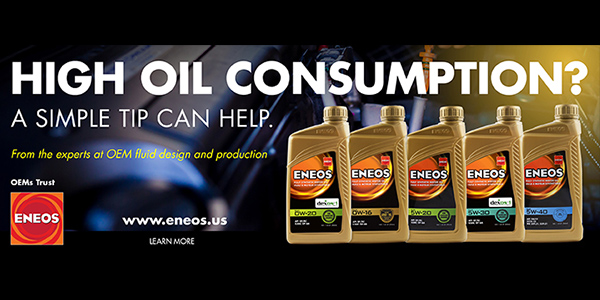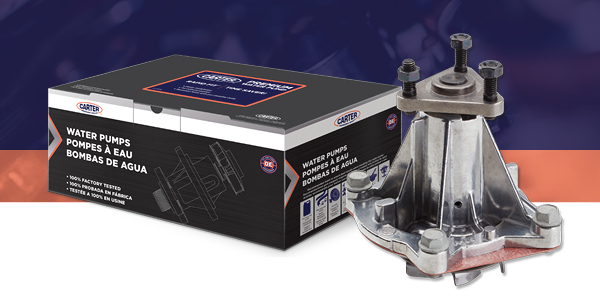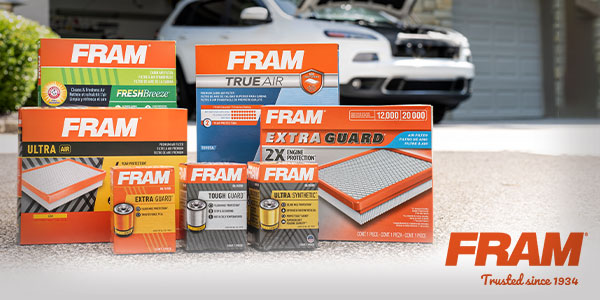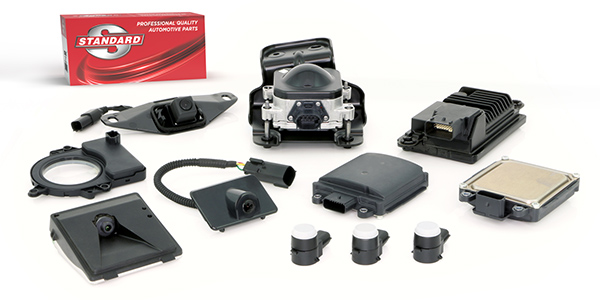
An average water pump moves 7 gallons of coolant per mile driven. If a water pump lasts for 100,000 miles, it has moved 700,000 gallons of coolant. That’s enough to fill 78 semi-truck tanker trailers. It shouldn’t be a surprise that water pumps wear out, but most customers won’t realize just how much work they do.
If one of your customers has a water pump that makes strange noises, it’s likely that the water pump needs to be replaced. But other parts can make similar noises when they fail, and you need to make sure you customer has figured out the problem correctly.
To help you guide your customers through diagnosing water pump issues, here’s a list of the most common water pump noises and their causes.
1. Rattling Noise
A rattling noise means one of two issues:
- Bad bearings
- Bent or broken impeller shaft
Worn-out bearings are the most common cause of water pump failure. Water pumps move a huge amount of coolant over time, and they simply wear out. Ask your customer if they loosened a belt tensioner and checked both the tensioner(s) and water pump. Belt tensioners also can rattle when they are worn out. When the belt is loose, your customer should spin the pump by hand to feel if the rotation is smooth or not. They can check the tensioners the same way.
Impeller shafts may get bent due to improper belt tension. If an impeller shaft is broken, it is likely that the customer ignored the water pump problem for a long time. Also, mixing coolants, or using the wrong coolant, can damage the water pump seals and cause the bearings and impeller shaft to fail early. If the customer brought in their old pump, look at the impeller for signs of corrosion. If the impeller looks corroded, you should recommend flushing and refilling the cooling system.
2. Clicking or Squeaking Noise
Worn bearings also can cause a clicking or squeaking noise. Sometimes these can be heard with the engine idling. Your customer may hear these more clearly after shutting off the engine and loosening the tensioner. Then they can spin the pump by hand, and listen for noises.
3. Whining or Groaning Noise
A whining or groaning noise usually means that either a drive belt is loose, or the water pump pulley is bad.
It may surprise your customer that a pulley could fail. It does occasionally happen. Pulleys may fail due to rust, which can cause cracking between their bolt holes. This allows the pulley to flex slightly when it is spinning, which causes the noise. Also, V-belt pulleys can be damaged by over-tightened belts, or by improperly sized belts.
Worn belts, or worn belt tensioners, can cause a belt to be loose. This can result in the water pump not turning as fast as it should, and then the engine overheats.
Taking the time to discuss possible water pump problems will build trust with your customers.
This article was sponsored by GMB North America, Inc. For more information, please visit our website at www.gmb.net






